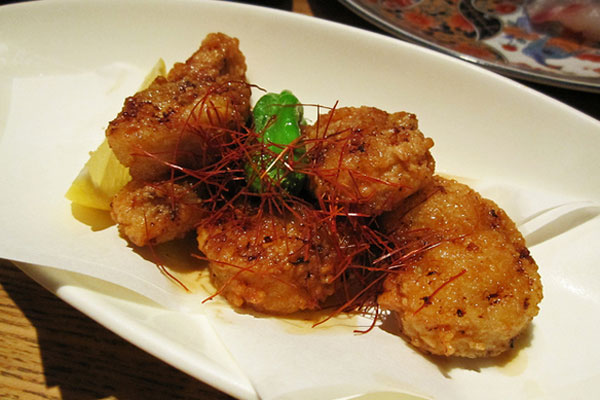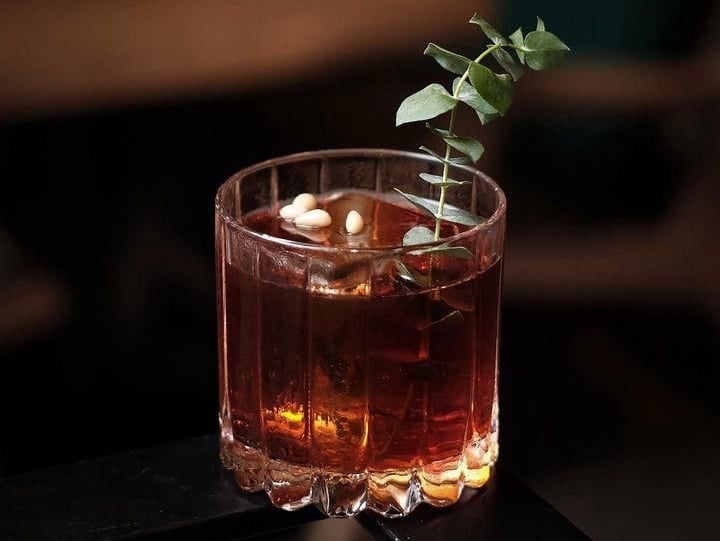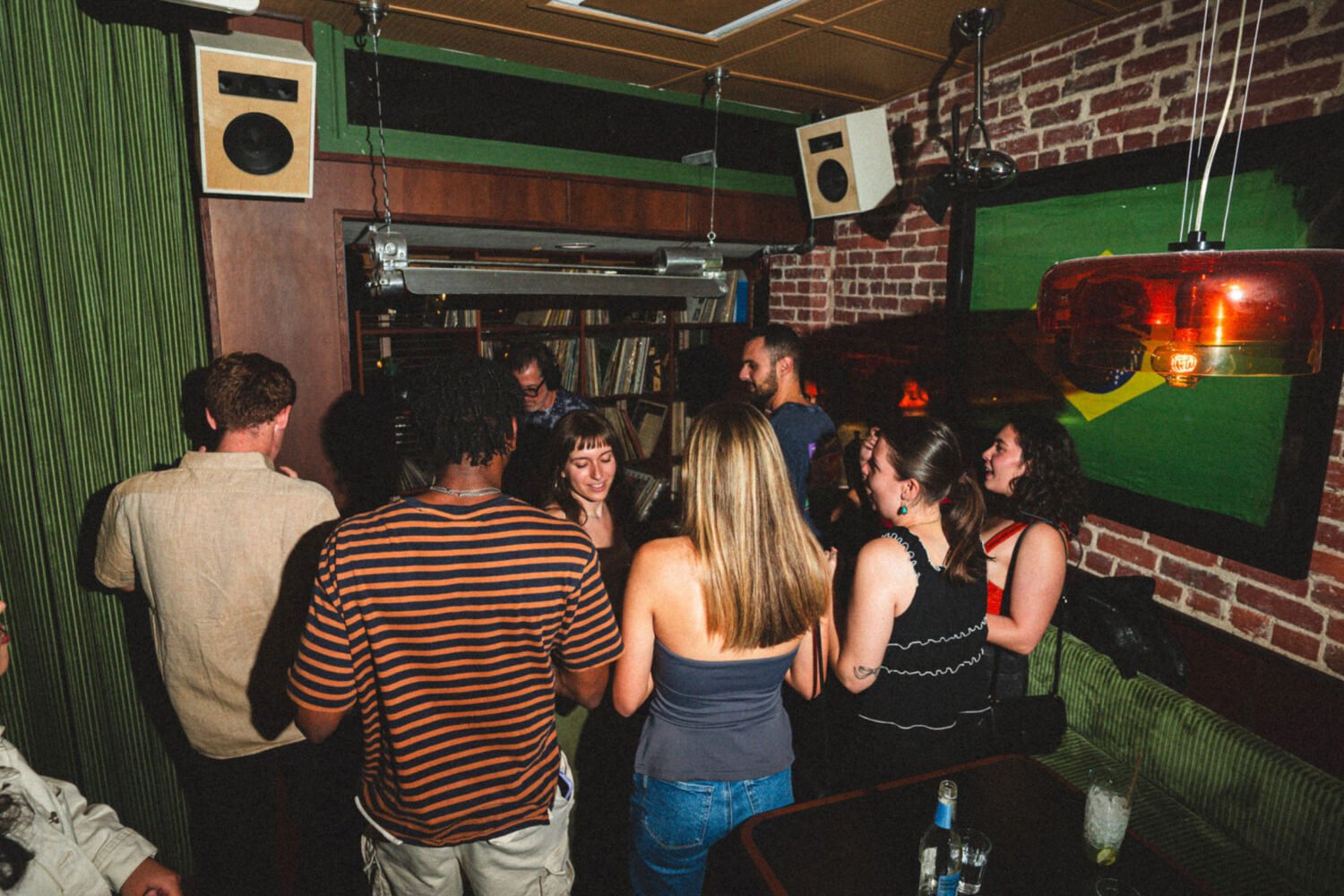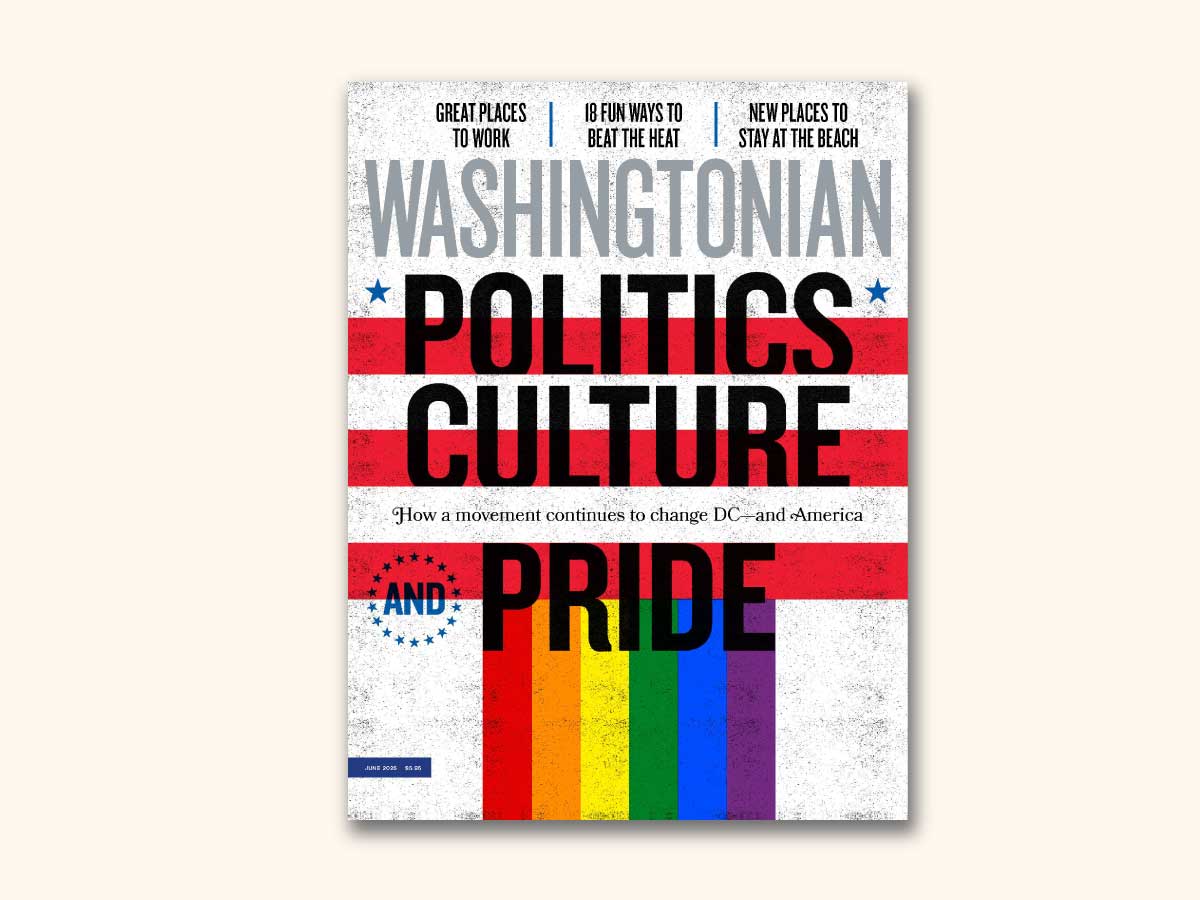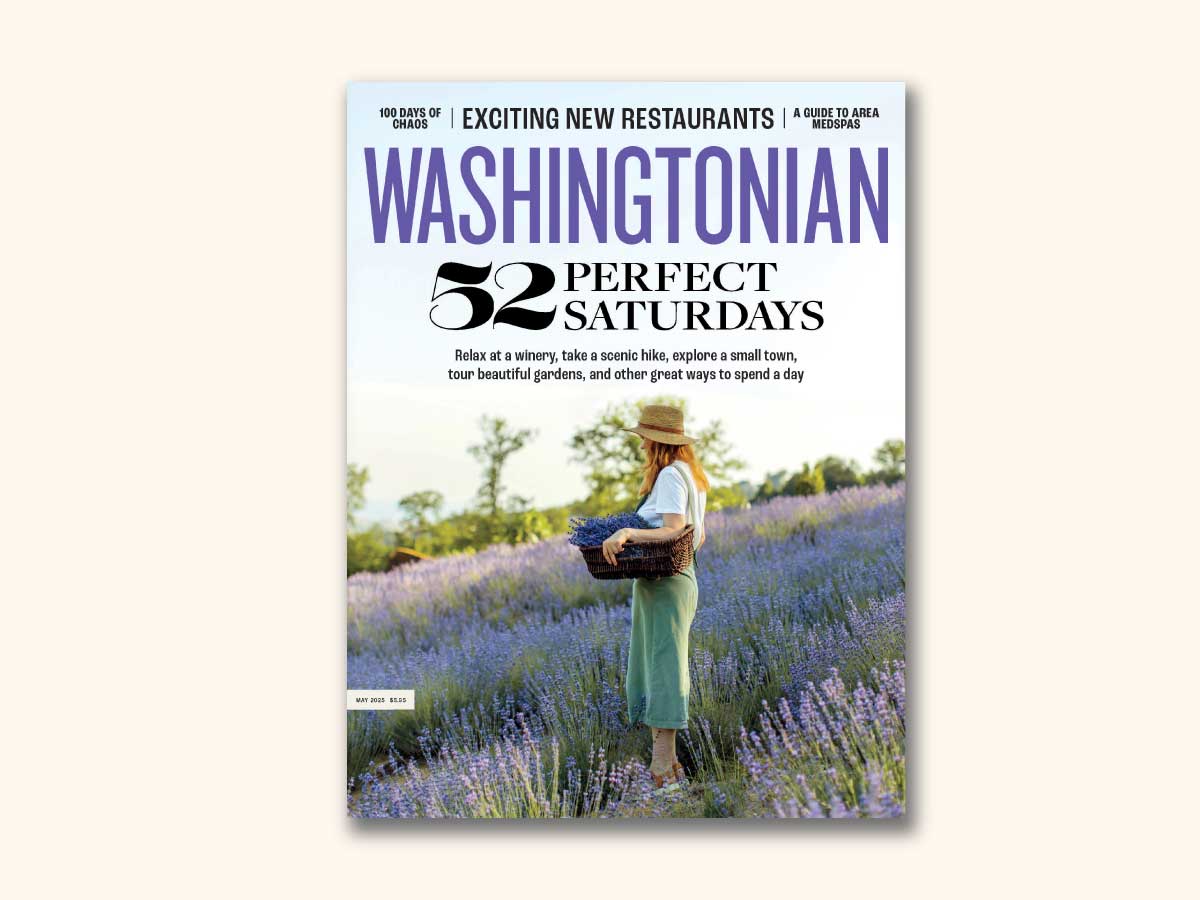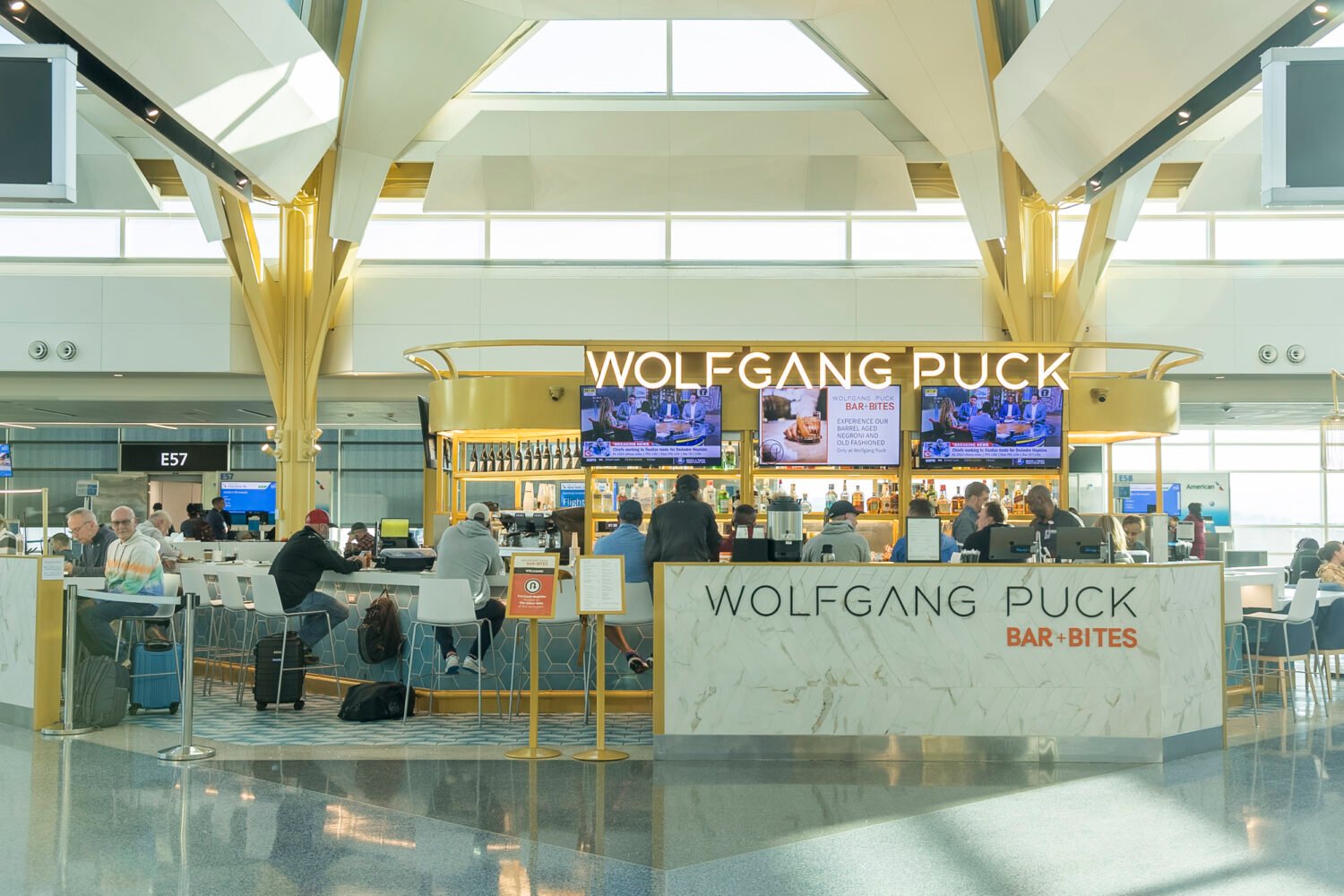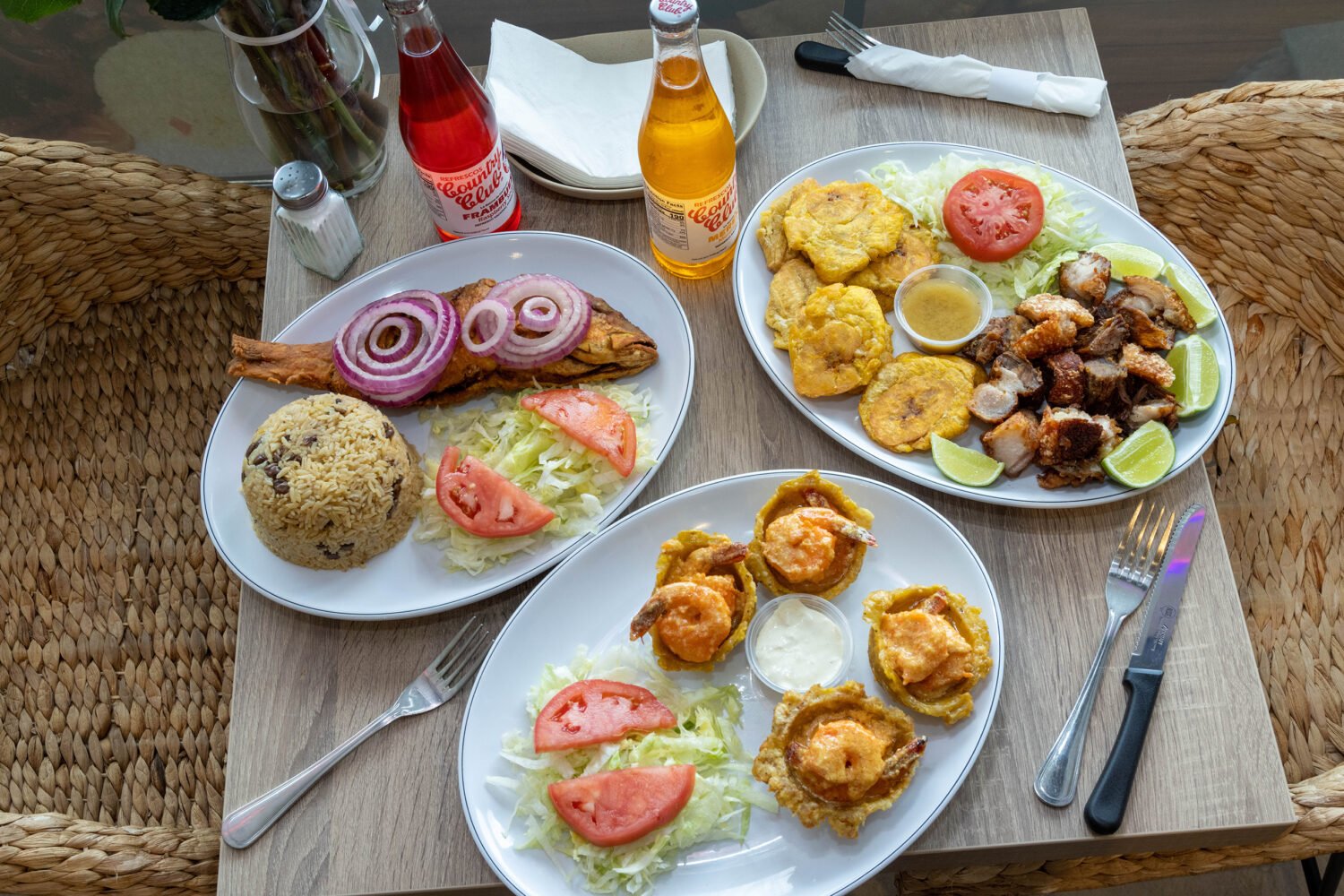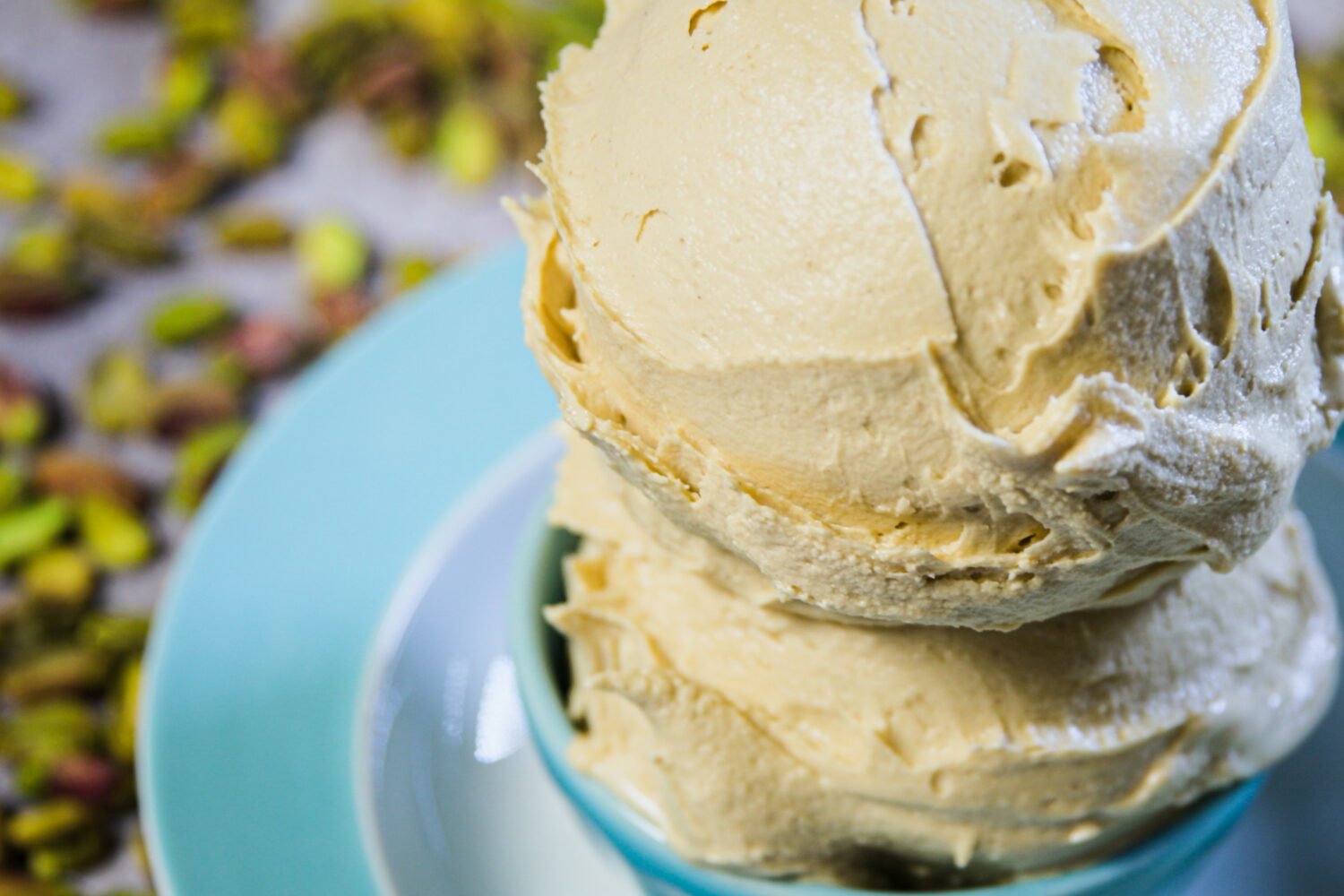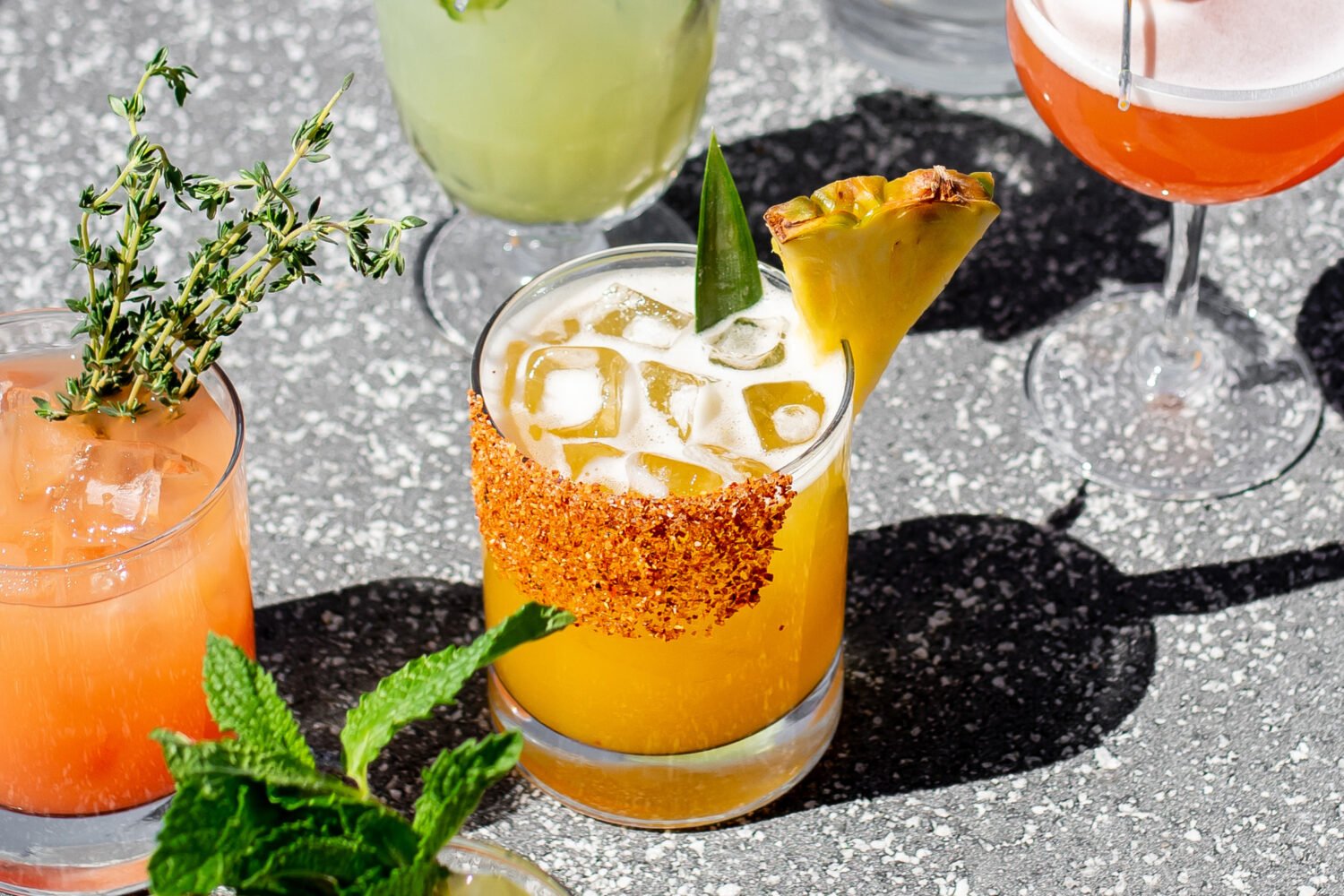Fried fugu. Photograph courtesy of Flickr user istolethetv.
There’s no more notorious food than fugu—a.k.a. puffer fish, a potentially deadly Japanese delicacy. So young sushi chef Jason Zheng caused a stir when he told the City Paper’s Chris Shott that he hoped to offer puffer at the Hamilton, a new downtown DC 24-hour mega-eatery whose offerings include sashimi, nigiri, and maki rolls.
In Japan, sushi chefs-in-training test their skills by how well they can carve puffer. The fish contains a poison 20 times as lethal as cyanide. If the chef fails to remove the tetrodotoxin, diners are in danger. In Tokyo last November, a woman almost died after eating fugu liver at a two-Michelin-star establishment. The chef who prepared it was suspended for serving such a dangerous morsel.
Only one known Washington-area restaurant currently serves fugu: Kaz Sushi Bistro in DC’s Foggy Bottom. Kazuhiro “Kaz” Okochi orders the fish from Wako International Corp. in New York City, the only fugu importer approved by the Food and Drug Administration. Only a select group of restaurants are certified by Wako to buy the fish, and Wako lobbied for years to get approval; all of the company’s fish comes from Shimonoseki, Japan, home to an expert group of slicers trained to remove all traces of tetrodotoxin. The fish doesn’t come cheap: Okochi paid Wako $90 a pound for farm-raised fugu in 2011. The prices proved too steep for Terry Segawa, owner of Bethesda’s Tako Grill, who says he stopped serving fugu in 2010 due to rising costs.
When a twice-yearly shipment comes in, Okochi creates a $150 dinner featuring various preparations. He says he thinks his diners, most of them American, understand that fugu served stateside in legal restaurants is about as safe as any other sushi: “They don’t pay $150 to die from eating dinner.”
This article appears in the February 2012 issue of The Washingtonian.

